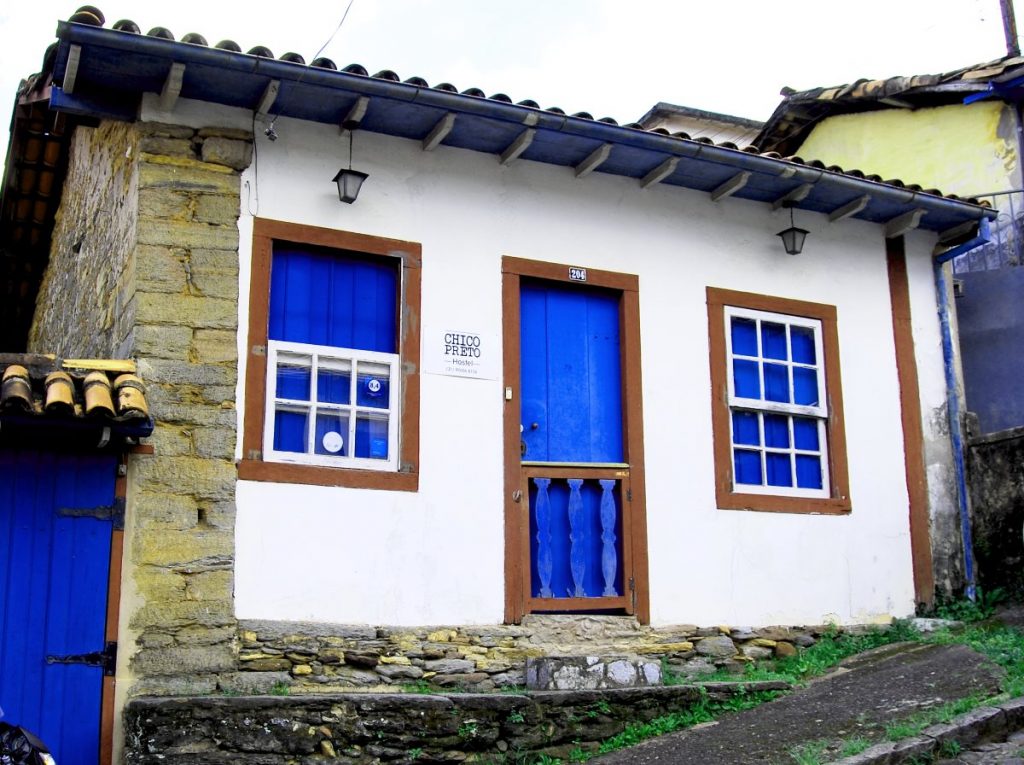San Efigenia Church
There is also urban stories that say Chico Rei, the freed slave ‘king’ used his new riches to help build this church for the other slaves in town. Saint Ephigynia was a princess of Ethiopia, born in the first century of the Christian era, who was converted by the apostle St Matthew and collaborated enormously in the Christianization of that country. Symbolic elements of black culture can be observed in wood carvings, especially in the high altar, representing shells, snails, horn and other elements of African religion.
And, fun fact from Marcelo.
“This is a slave church. The one with the black pope painted on the roof. Santa Ephigynia was a saint from Africa, was a martyr there and is taken as the black people saint. And this church, was built for the slaves, so it’s quite unique that you see a black Pope no? I think it’s the only black Pope I’ve ever seen in my whole life is the one that is on the roof of that church, you know? There’s still old, very old traditions of the town are still kept around that neighbourhood. Our have the Congardo, no?”
The Congardo starts on the 1st of Jan and continues until the 8th of Jan every year. It celebrates the feast of Santa Efigenia and the Reign of Our Lady of the Rosary. It is carried out every year by the brotherhoods here at Santa Efigenia church and at Our Lady of the Rosary church, and they are joined by the guard of Mozambique and the Congo Guard. The celebration recalls the legacy of the legendary slave king, Chico Rei, and the legacy of freedom he left, the devotion to the black saints, and the safeguarding of this heritage, a respect for diversity and the African matrix of Brazil’s roots. The party and masses promote cultural and human development in the community and respect for religious differences among others. It is filled with echoing songs, colourful ribbons, white garments, drums and flag waving, all performed by the apparent descendants of Chico Rei, a king of the Congo. While Chico Rei’s story is often referred to as legend, for those congado families in Ouro Preto, Chico Rei is preserved in the speeches and chants of their people, and during the celebration they release the stories that represent them and their Afro-Brazilian faith.
“It’s quite interesting, the block of people with the Indian and black influence, African influence. And they dress up themselves, and they have bands, and it’s a big party. It takes place in the street of [my] the hostel. During the whole day, the whole day, starts 5am in the morning. The bands are waking up everybody!”
For our final destination continue to follow this road down the hill and through the first intersection where you will see our final destination on the right. Check out the image at the bottom of this page to make sure you find the right place.

